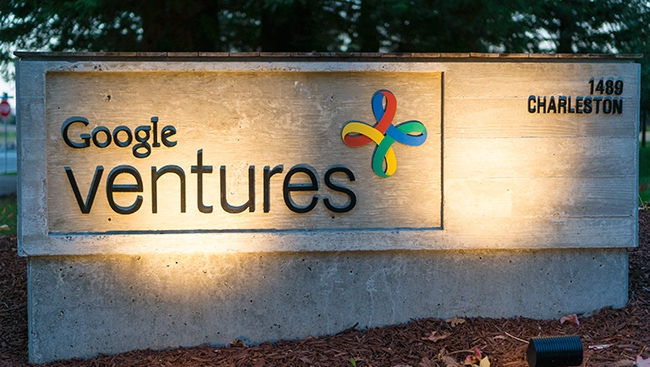
As marketers, we all love releasing new campaigns and collateral regularly (launch days are the best days, amiright?). But despite best efforts, projects can take much longer than planned and unexpected roadblocks can stop you from shipping as often as you’d like. Even worse, you can spend weeks extending deadlines in search of perfection, only to discover a project doesn’t perform.
Delays and underperformance can hurt more than just your KPIs, too. Morale can tank when your team loses a sense of purpose, momentum and focus. So how can you zero-in on marketing initiatives that will really solve audience problems and ship great work faster?
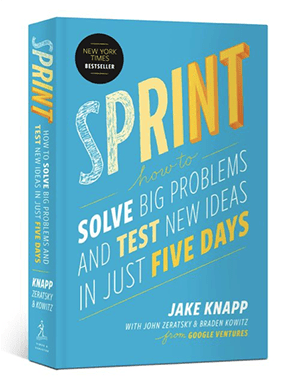 In March, three partners from Google Ventures released a book titled Sprint: How to Solve Big Problems and Test New Ideas in Just Five Days. The book shares the tried-and-true sprint model Google Ventures has used to help hundreds of businesses find their focus and solve problems quickly.
In March, three partners from Google Ventures released a book titled Sprint: How to Solve Big Problems and Test New Ideas in Just Five Days. The book shares the tried-and-true sprint model Google Ventures has used to help hundreds of businesses find their focus and solve problems quickly.
In this post, I’ll share what my small marketing team-within-a-team at Unbounce learned from modifying the Google sprint for one of our projects, and why you should consider sprinting with your marketing team, too.
You may not go from idea to polished public launch in just five days, but you will create a prototype you can test with real prospects and customers before investing in the time and resources needed to build the real deal.
With a sprint you’ll:
- Create content that performs to meet specific goals.
- Execute new ideas faster.
- Quickly deliver a polished marketing initiative based on a prototype.
- Avoid scope creep.
- Avoid polishing a brick of a project in secret by getting your work in front of customers faster (usability testing is one of the reasons the sprint is so helpful!).
Here’s how we did it.
Modifying Jake Knapp’s five-day sprint
There are tons of awesome details for each stage of the Google sprint in Jake Knapp’s book. And while he specifically warns against modifying the method, we needed to release a live initiative to help customers in 11 days, so we Frankensteined a sprint structure that looked very similar to Google Venture’s, but bent the rules a bit to get our project polished and live in a limited timeframe.
The Unbounce marketing department is structured around autonomous “squads,” each responsible for different phases of the customer lifecycle: Awareness, Evaluation, Adoption and Growth.
As the smallest, and therefore most agile squad of just three people, my team — the Adoption Squad — has found that borrowing pieces from the Google sprint helps us execute on content that addresses our KPIs in weeks instead of months. Instead of launching one large initiative per quarter, we can launch and measure the results of three.
The sprint breakdown
The long-term goal of our sprint was to get a specific number of new Unbounce customers to add their custom domain to their accounts.
For context, by default Unbounce hosts landing pages on a test url: unbouncepages.com, but we encourage new customers to add their own custom url featuring their brand name. This unique url helps convey that a landing page comes from a legitimate, trustworthy source. Our research indicated this was a critical action for our most successful customers, so we wanted to increase the likelihood folks add their domain at the start of a trial.
At the end of our sprint, our small team published a piece of content that made it easier to add your domain to Unbounce, outlining clear steps to completion and explaining why this action is so important:
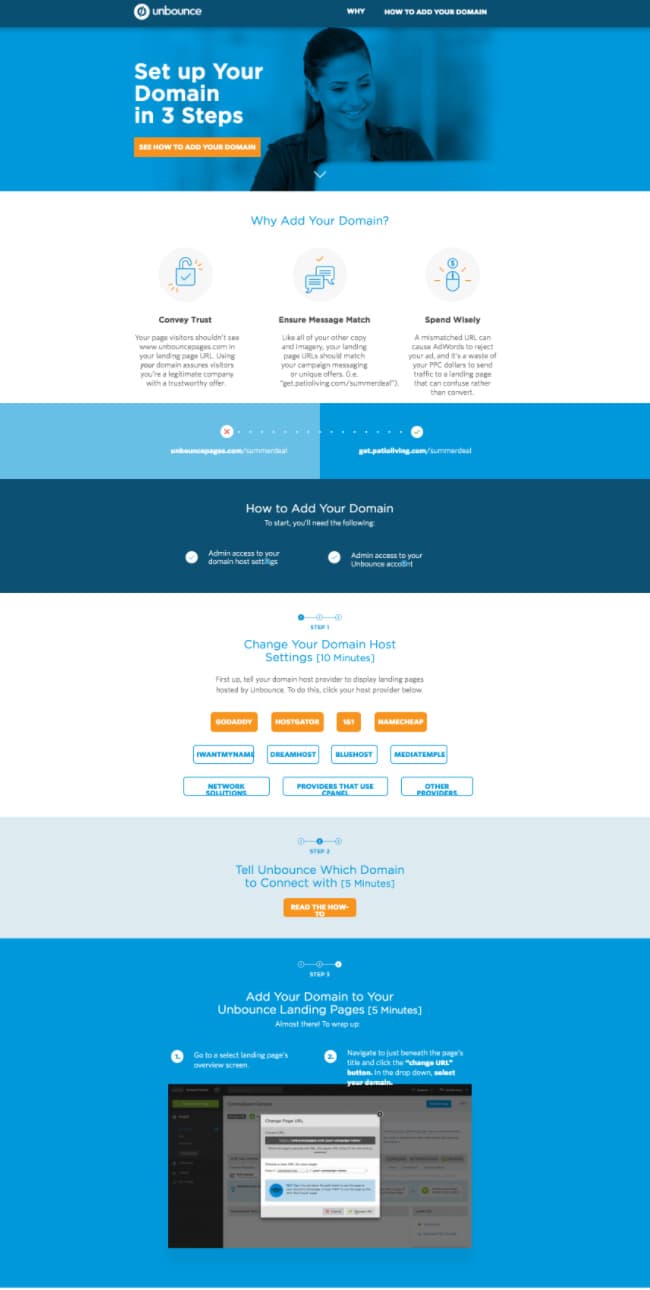
So how’d the sprint work?
We had a testable prototype created in Unbounce at the end of five days (woohoo! Achievement unlocked!), and with modifications we:
- Gave ourselves two days to build the prototype instead of just one (moving our actual user test to the following week).
- Allotted two full research days.
- Used a week after our 5-day sprint to implement the user test feedback on the prototype and build the final asset.
In short, we added days on to the sprint to conduct adequate research, build and polish up the prototype.
After clearing our calendars to focus solely on the sprint, here’s what our day-to-day looked like:
By making decisions faster, usability testing the design and managing our scope, our resulting project exceeded our team’s goal by 3X in just a month. Using the sprint, we saved time from ideation to execution and the project influenced our targets set on day one.
What’d we learn along the way?
1. Focus on one problem (or campaign!) at a time
The five-day sprint requires clearing your calendar entirely so your team has time to focus on one challenge for a week. In Sprint, Knapp shares examples of how companies have used the model to solve problems ranging from selling more coffee online, to ensuring hotel relay robots delight guests instead of scaring them. But no matter the company, everyone uses the framework to solve one main problem as opposed to a few at a time.
Our team found the sprint forced us to define the problem we wanted to solve on day one. We went from “let’s run an initiative to help customers,” to the more focused, “let’s get more self-serve customers on trial to add their domain by the end of this quarter.” Identifying a clear end-goal early helps shape your thinking and facilitates faster decision making.
Additionally, having dedicated days to complete each task gives you focus. Usually work days involve lots of context switching, so a sprint can be useful for eliminating distraction. If you have a large piece of content your business could benefit from or an experiment you’ve always wanted to try, a sprint is a terrific way to finally get it done.
2. Call on your company’s experts
Knapp notes that in the same way Danny Ocean called together his specialized crew for a casino heist, you’ll want to include very specific people in your sprint – including:
- The all-important Decider (who makes the final decisions quickly as needed under time constraints) and
- The Facilitator (the person who runs the team through the sprint’s activities day by day).
You can find these critical roles defined further in Sprint, but on day one you’ll also want to involve experts outside of your designated sprinters.
In the “ask the experts” part of our sprint, we interviewed three people from outside the Unbounce marketing team who had a different perspective on the problem we were trying to solve. These experts voiced considerations their unique viewpoint allowed them to see. The interviews helped align our team and ensure we avoided assumptions. When running your own sprint, be sure to book these experts in advance.
3. Usability testing can vastly improve your project prototype
Prior to our sprint, I’ll admit I didn’t believe user testing would reveal major oversights in our project that we couldn’t uncover ourselves. It seemed like a time-intensive practice that would add to our work and needlessly expand our deadline.
Now I recognize how shortsighted I was because internal and external user tests can be incredibly valuable. Our sprint’s usability testing helped us refine our project’s flow, discover shortcomings and eliminate assumptions.
To conduct our tests, we set aside one day for recording five hour-long tests and spread them out with a half hour break between them to reset. In each session we include a note taker, and someone to lead the participant through the flow and ask questions.
When testing prototypes with members of your team, some people will naturally slip into review mode. They’ll prescribe specific changes they’d like to see rather than simply navigate through as though they were a lead or customer (I’m very guilty of this as a tester). This is why you must prioritize your feedback — and how you collect this feedback is key.
A critical note taking approach
In Sprint, Jake Knapp shares the “how might we” note taking concept, and it’s been a game changer for our team. When a piece of feedback is given, your aim is to note the core issue (not just write down what the user tester told you might be better).
As an example, your tester might say:
I never read copy at the top of the page like this. Maybe take this part out?
And you’d make a note like:
How might we: accommodate people who skip the copy at the top and go straight to the thumbnail images?
This way, you don’t implement the exact solution a tester may present to you on the spot (it might not be the best advice), and you can address the real problem at hand (i.e. some people scan text, so how can your design better support this?).
Ultimately, you don’t need to please everyone or get consensus with your final project. Usability testing will reveal hundreds of interpretations, and our team found we had to prioritize the feedback to make this part of the sprint worthwhile.
To do this we created a feedback prioritization spreadsheet and used this to rank each “how might we” note received. The sheet dictated which changes we made before launch. To hit our deadline, we only implemented the notes that score the highest based on:
- The number of times a piece of feedback is repeated by various testers
- The note’s potential to make the project’s content more clear
- How likely the note would help us meet our measurable end goal

Not sure which feedback should be implemented before launch?
4. Group brainstorms aren’t all they’re cracked up to be
One of the components of the sprint that really resonated with me was the time dedicated to individual ideation. Instead of sitting in a boardroom and sharing on-the-spot ideas, the Google sprint involves everyone sketching out their independent ideas for a possible solution. In a marketing context, everyone on your team draws what they think the project’s flow would look like start to finish to solve your problem.
Our team did this and in just an hour and a half we had several sketches to choose from. We displayed each on the wall, browsed through them, and voted on the parts from each we liked the most. This way, no one idea “wins.” Instead, the strengths of each idea are considered.
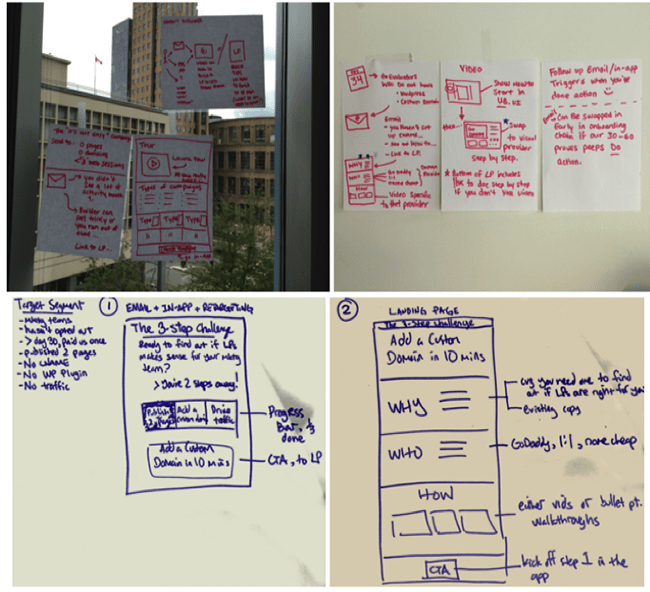
In the end, we were able to combine the best parts of a few sketches to create a hybrid approach, and started prototyping that idea the very next day.
At the end of the third day, the team agreed we couldn’t have come up with the idea we prototyped in a traditional group brainstorm. It was better to think through solutions by ourselves, with time to think about the details.
Half the battle’s in the planning
Using a modified sprint was a great way for our squad to ship an ambitious project on a tight schedule. We were able to think through our decisions and remain data driven, while moving quickly as a team without distractions.
We’ve continued to use the model this year and if your team’s interested in improving your processes or output, we recommend grabbing the book and giving it a try!
Original Source: How We Use Google Venture’s 5-Day Sprint to Ship Marketing Campaigns Faster
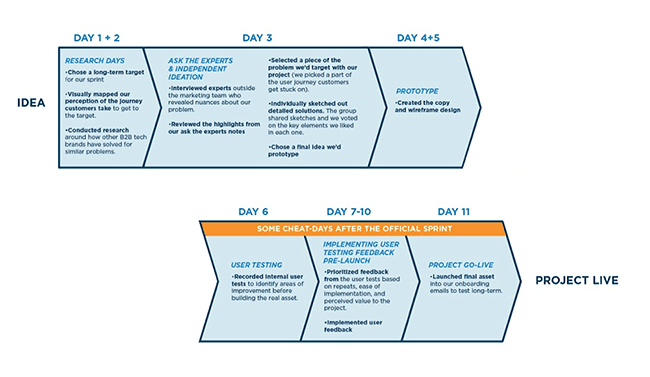
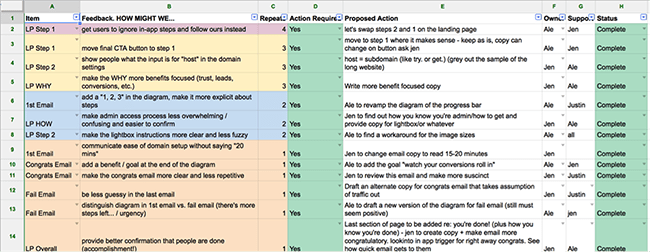
No comments:
Post a Comment